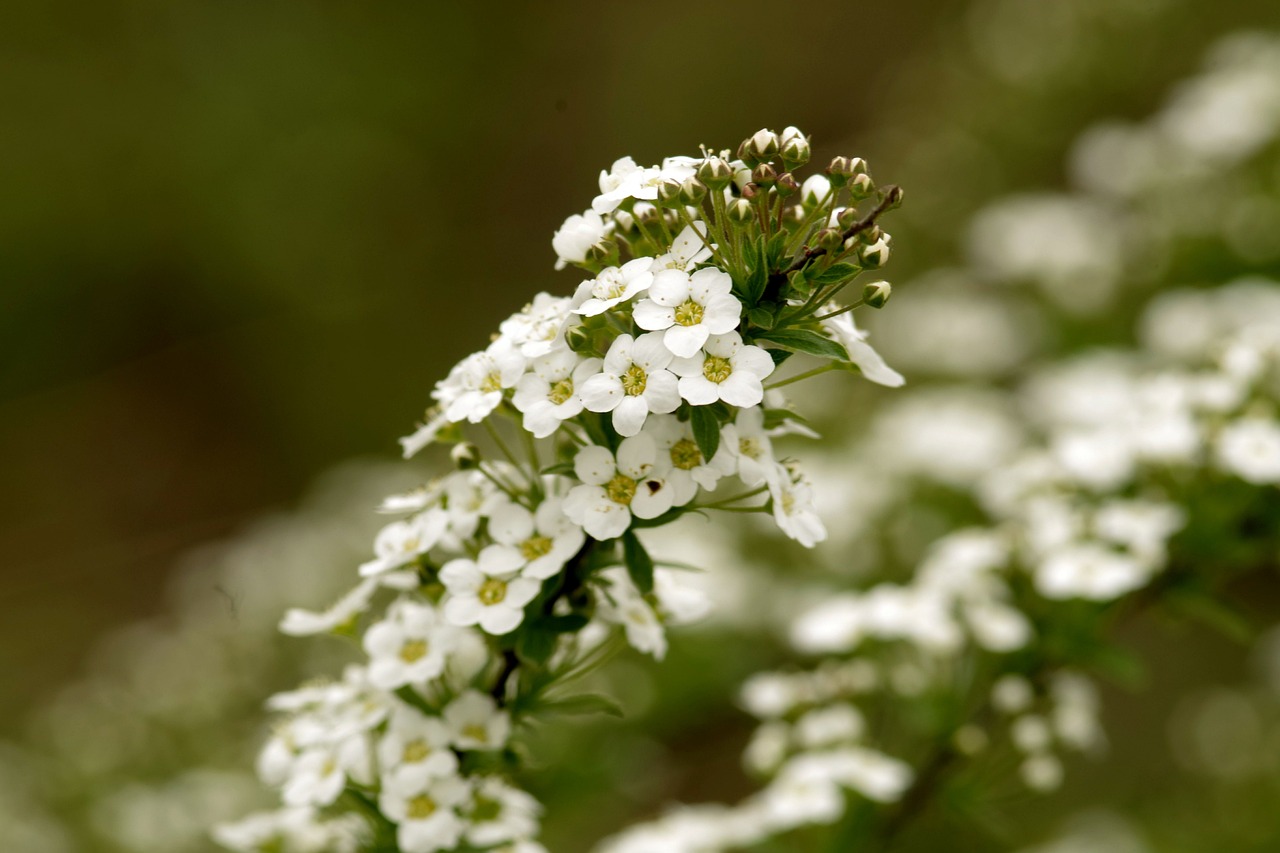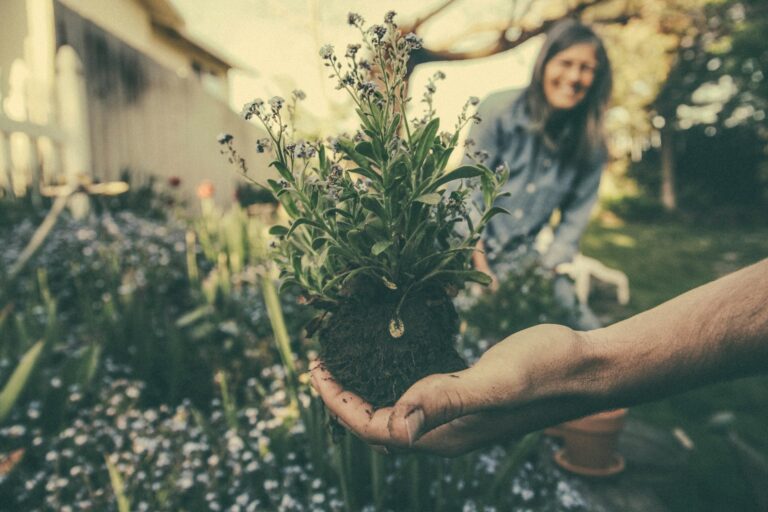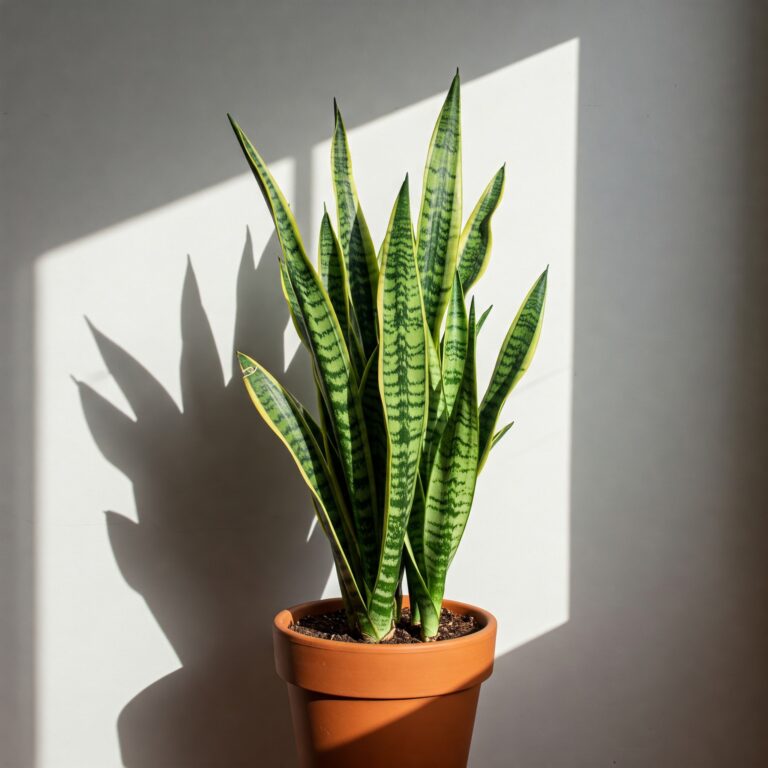Integrating flowers into your vegetable garden is more than just a visually pleasing endeavor; it’s a strategic move that enhances the health and productivity of your garden.
Flowers offer a range of benefits, from attracting essential pollinators and beneficial insects to deterring pests and providing companion support to your vegetables.
You can create a more balanced and resilient ecosystem by carefully selecting the right flowers to plant alongside your vegetables. In this guide, we will explore the top flowers you should consider adding to your vegetable garden, delving into their unique advantages and how they contribute to a thriving and sustainable garden environment.
Whether you’re a seasoned gardener or just starting, these floral allies will help you cultivate a more robust and fruitful vegetable patch.
Flowers You Can Plants With Vegetables
Each flower contributes unique benefits, from attracting pollinators and beneficial insects to deterring pests and improving soil health. This holistic approach not only enhances the beauty of the garden but also significantly boosts the productivity and health of my vegetable plants.
The flowers include:
- Borage
- Calendula
- Chamomile
- Cosmos
- Lavender
- Marigolds
- Nasturtiums
- Sweet alyssum
- Zinnia
Borage
Borage, with its striking blue, star-shaped flowers, is a magnet for pollinators, especially bees, which are essential for the pollination of many vegetables. By attracting these beneficial insects, borage helps to ensure that crops such as tomatoes, cucumbers, and squash produce more fruit. I’ve noticed that my vegetable plants seem more vigorous and productive when borage is nearby.
Furthermore, borage is known to improve the flavor and growth of strawberries, which makes it a valuable companion plant. Its leaves can also be used as a mulch to enrich the soil, as they are high in minerals like calcium and potassium.
Calendula
Calendula’s sunny yellow and orange blooms bring a burst of color to the garden, but their benefits go far beyond aesthetics. Calendula attracts a variety of beneficial insects, such as ladybugs and hoverflies, which are natural predators of aphids and other pests that can plague vegetable plants.
The petals of calendula flowers are edible and can be used in salads, adding a dash of color and a mild, peppery flavor. Additionally, calendula has medicinal properties; its flowers can be used to make soothing balms and teas.
Planting calendula in my garden has helped reduce the incidence of soil-borne diseases due to its antifungal properties.
Chamomile
Chamomile is more than just a calming herb for teas; it’s a powerhouse in the garden. Its small, white, daisy-like flowers attract beneficial insects such as hoverflies and predatory wasps, which help control aphid populations.
Chamomile also exudes compounds that can improve the health of neighboring plants, acting almost like a natural plant tonic. This can be particularly beneficial for plants that are susceptible to fungal infections.
Additionally, chamomile can be harvested and dried for herbal tea, providing a soothing beverage that also aids digestion and sleep.
Cosmos
Cosmos are known for their delicate, feathery foliage and bright, daisy-like flowers that come in a range of colors. They are extremely effective at attracting a variety of pollinators, including bees, butterflies, and hummingbirds.
This is particularly beneficial for crops like tomatoes, peppers, and eggplants that rely on insect pollination. Cosmos are also drought-tolerant and thrive in poor soils, making them an easy addition to any garden.
Their presence not only boosts pollination rates but also adds a touch of elegance and height to garden beds.
Lavender
Lavender’s fragrant, purple spikes are a delight in any garden. Besides its well-known aromatic properties, lavender is a powerful pest deterrent. Its strong scent repels moths, fleas, and mosquitoes, which can be beneficial for both the garden and the gardener. Lavender attracts pollinators such as bees, which are crucial for the production of fruits and vegetables.
Additionally, lavender can be used to make essential oils, sachets, and culinary infusions, providing a multi-purpose plant that is both beautiful and functional.
Marigolds
Marigolds are a gardener’s best friend when it comes to pest control. Their bright, cheerful flowers not only add a splash of color but also emit a scent that repels nematodes, aphids, and even rabbits.
Planting marigolds around the borders of my vegetable beds has created an effective natural barrier against pests. Marigolds also attract beneficial insects like ladybugs and predatory wasps, which help keep harmful insect populations in check.
Moreover, marigolds can be used to make natural dyes and their petals are edible, adding color and a mild citrus flavor to salads.
Nasturtiums
Nasturtiums are a dual-purpose plant in my garden. Their vibrant flowers and round leaves are both edible and add a peppery flavor to salads and garnishes. As a trap crop, nasturtiums attract aphids away from my valuable vegetables, effectively sacrificing themselves to protect the more sensitive plants.
They also attract pollinators and beneficial insects like predatory beetles and wasps. Nasturtiums are particularly helpful when planted near tomatoes, cucumbers, and beans, as they improve growth and deter pests.
Additionally, their sprawling habit makes them an excellent ground cover, suppressing weeds and retaining soil moisture.
Sweet Alyssum
Sweet alyssum is a low-growing plant with tiny, fragrant flowers that are a favorite among beneficial insects such as ladybugs, lacewings, and parasitic wasps. These insects prey on aphids, making sweet alyssum an effective plant for pest control. I use sweet alyssum as a living mulch around my vegetable beds; it helps retain soil moisture, reduces weed growth, and provides a continuous bloom of flowers throughout the growing season. The sweet scent of alyssum also adds a pleasant aroma to the garden, making it a joy to work among the plants.
Zinnia
Zinnias are a vibrant and hardy addition to any vegetable garden. Their bold, colorful flowers attract a wide range of pollinators, including bees, butterflies, and hummingbirds. This increased pollinator activity benefits nearby vegetable plants, leading to better fruit sets and higher yields.
Zinnias are also very easy to grow from seed and thrive in hot, sunny conditions with minimal care. They add height and visual interest to the garden, and their long-lasting flowers make excellent cut arrangements, allowing me to bring a bit of the garden’s beauty indoors.
FAQs
What flowers are good for pollinating vegetable gardens?
Integrating flowers that attract pollinators into a vegetable garden is essential for boosting crop yields and ensuring a healthy garden ecosystem. Some of the best flowers for this purpose include borage, which is excellent for attracting bees; marigolds, which draw in beneficial insects while repelling pests; and cosmos, known for attracting bees, butterflies, and even hummingbirds.
Lavender not only brings in bees but also provides a fragrant and visually appealing addition to the garden. Sweet alyssum is another fantastic choice, as its tiny, fragrant flowers attract a variety of beneficial insects that aid in pollination.
Lastly, zinnias, with their bold, colorful blooms, are highly attractive to a wide range of pollinators, including bees and butterflies. Planting these flowers alongside your vegetables creates a thriving, pollinator-friendly environment that can lead to more robust and productive crops.
How do you mix flowers in a vegetable garden?
Mixing flowers in a vegetable garden involves strategic placement to maximize both aesthetic appeal and functional benefits. Start by interplanting flowers among your vegetable rows or in clusters at the edges of your garden beds.
For instance, plant marigolds around the perimeter to repel pests, and place taller flowers like cosmos or sunflowers at the back or along the sides to provide a backdrop and attract pollinators from a distance.
Low-growing flowers such as sweet alyssum can be used as ground cover between vegetable plants to suppress weeds and attract beneficial insects. Incorporate companion plants like nasturtiums near crops susceptible to pests to serve as trap plants, drawing pests away from your vegetables.
Ensure a continuous bloom by selecting a variety of flowers that have different blooming periods, providing a consistent source of nectar and pollen for pollinators throughout the growing season. This integration not only enhances the garden’s visual appeal but also promotes a healthier, more productive vegetable garden.



